Cavendish bananas are a permanent part of supermarkets. The popular fruit can’t be missed, and has been at the top of the ‘most consumed fruit’ lists for years. More and more often, however, European supermarkets make room for other banana varieties as well. Demand for these exotic bananas is increasing, and that offers opportunities, says Mariem Baki of Bonita Europe.
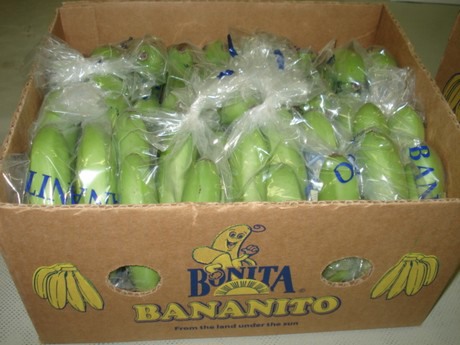
“Nowadays, supermarkets have many more products in their range, and they’re looking for products to be distinctive,” Mariem says. This translates into an increasing demand for exclusive products. “We’ve seen demand for special products rising, which is how supermarkets are trying to be distinctive.” This is also true for bananas.
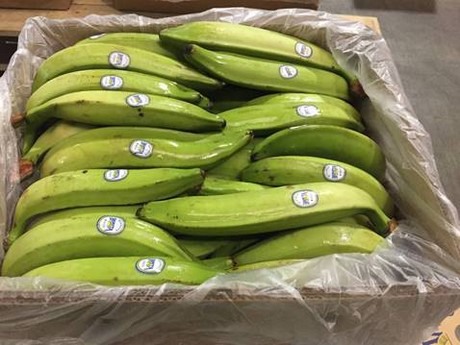
Bananitos: smaller and sweeter
Bonita imports bananas from Ecuador and Costa Rico. The company has its own plantations in Ecuador. Bananas are the company’s core business, meaning: bananas in the broadest sense of the category. “Cavendish, organic bananas, Bananitos, red bananas, cooking bananas,” Mariem sums up the most important products in their range. Recently, she has seen supermarket interest for more exotic banana varieties increasing as well. “In the past we’ve also imported pineapple and mango from Ecuador,” Mariem continues. Nowadays, the company imports various exotics, depending on demand in Europe. Grenadilla, yellow pitaya and yuca are three examples. However, volumes can’t be compared to those of bananas.
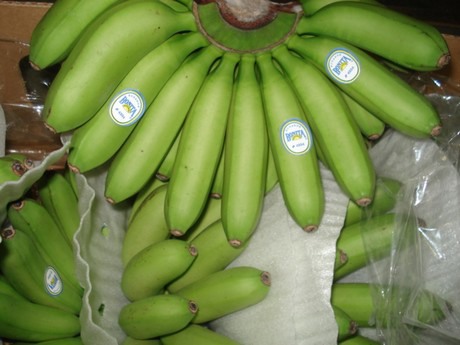
“I think there’s a lot of potential for Bananitos,” Mariem says. These small bananas aren’t just smaller than the familiar Cavendish bananas, they’re also sweeter. “I think this is a fun and easy product for children in particular, a Cavendish can be a bit large for children.”
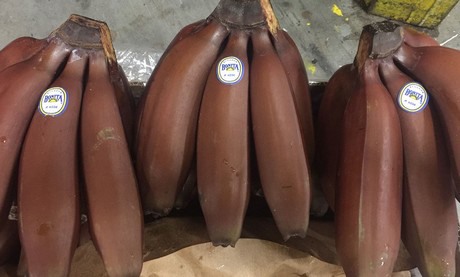
Supply of exotics is a challenge
Retailers in various countries are taking these bananas into their assortment. Chains in the Netherlands, Belgium, Germany and Eastern Europe now offer these bananas. It’s striking that it’s a trend across the full width in the supermarket landscape: from full service to discounter. “Supermarkets offer these products in a limited number of branches, in city centres and larger branches, for example.”
The growing demand is a challenge in supply. “Supermarkets want a large volume, even when they want to do a test,” Mariem explains. These larger volumes are available, but the growers supplying the bananas usually prefer stability in sales.
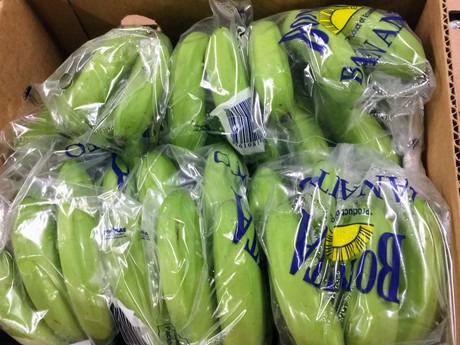
Higher prices are necessary
Cavendish will remain the largest, despite growth in the category. “These other varieties are a fun alternative, and consumers are more often willing to test new products. This results in opportunities.” The market for Cavendish has been fickle this year. Early in 2018, the banana market was good. “The summer was warm throughout Europe. Demand was low because of this,” Mariem says. Now that temperatures are lower and schools start opening their doors again, demand is increasing again. “Due to the colder weather in Latin and Central America, production is lower,” she says in week 34.
Banana prices have to start increasing soon, because the current situation is slowly becoming untenable. Traditional supermarkets and hypermarkets are suffering from increasing competition from online retailers. “Because of the rising number of online purchases, the price of cardboard has increased; a significant debit item for the transport of bananas. Besides, shipping companies are confronted with higher bunker tariffs. “Consumer prices have to change.”
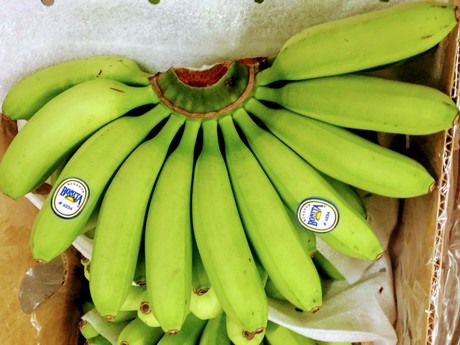
Selling bananas for roughly one euro per kilo in supermarkets doesn’t make it any easier. “It’s difficult to understand the low prices in supermarkets,” Mariem says. “I understand supermarkets are trying to draw in customers with cheap bananas, but prices as low as this only have a little effect.” Just like other parties in the sector, she’s worried about the low prices. “A good product comes at a price. The service provider, importer, exporter or grower: someone has to pay.” According to her, emphasis should be less on price and more on quality and flavour.
More information:
Bonita
Mariem Baki
